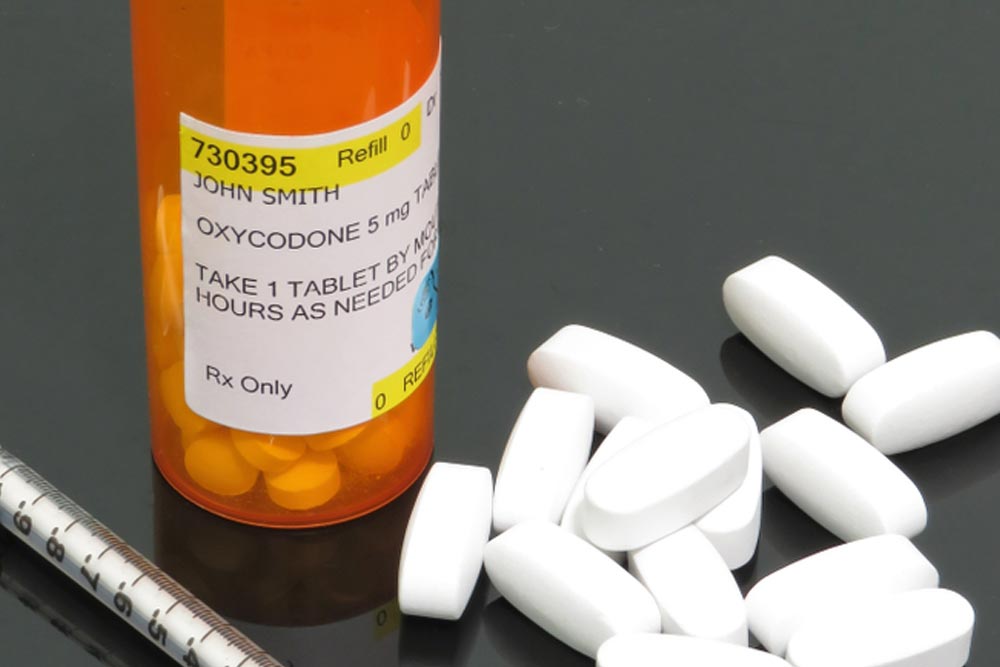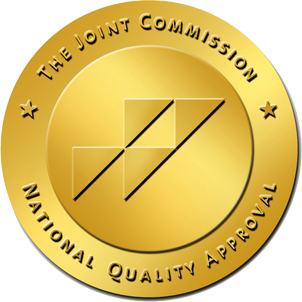
We have written about opioid use in the past, and for good reason. We are in the grips of a serious epidemic linked to reckless overprescribing of opioid painkillers, like OxyContin (oxycodone) and Vicodin (hydrocodone). Just two painkillers of several that have had a hand in cutting short the lives of Americans from every demographic.
Our reliance on opioid painkillers is a complex story, and like most interesting stories worth reading about, this one is filled with some unsavory characters, both individuals and entire companies, as well as deceit. With well over 2 million prescription opioid addicts and upwards of a half-a-million heroin users, there is definitely cause for concern and a demand for accountability in this narrative. But first, let’s go back to where America’s reliance on opioids began.
The Roots of Our Addiction Epidemic
If you are like most Americans, including many who work in the field of addiction medicine, then you are probably wondering how this epidemic began. You are likely aware that drugs like morphine and heroin have been around for a long time. What’s more, you know that people have been abusing drugs in the opioid family for a very long time, but you may be saying to yourself that what we are seeing today is a far cry from abuse seen in the past.
American doctors were directly responsible for prescribing opioid painkillers for all things pain. But that was not always the case. Two scores ago, American doctors were hesitant to prescribe opioids to patients, except in cases of trauma, surgery or cancer. Then one day, seemingly, caution was thrown out the window by most doctors. Leading to Americans consuming the clear majority of all prescription opioids on the planet. When tracing the path to where the change originated, look no further than the New England Journal of Medicine (NEJM). Often considered the most prestigious peer-reviewed medical journal.
In 1980, when the nation was in the grips of a cocaine epidemic, few people were thinking about opioid use disorder. So, when Dr. Hershel Jick, a drug specialist at Boston University Medical Center—at that time a graduate student—sent a letter to the NEJM about prescription opioids most people did not think much of it. The Journal chose to publish the letter, a paragraph worth of words that would result (over time) in a staggering death toll and troubling opioid addiction rates. The drug specialist said this week:
“I’m essentially mortified that that letter to the editor was used as an excuse to do what these drug companies did,” Jick told The Associated Press. “They used this letter to spread the word that these drugs were not very addictive.”
Publishing Deadly Words Leads to Clarification
Dr. Jick wrote that out of almost 40,000 patients given prescription opioids at a hospital in Boston, only four cases of addiction were documented, CBS News reports. The letter said that it was rare for people who had no history of addiction to become dependent on opioids. Doctors, for whatever reason, took those words as absolute fact. And pharmaceutical companies with bottom lines in mind, helped disseminate the letter. Now, four decades later, here we find ourselves.
A team of researchers in Canada conducted an analysis, and found that the letter has been cited more than 600 times, according to the article. In many cases, people citing the letter failed to mention that the patients referred to in the letter were hospital patients, not outpatient or people being treated for chronic pain taking prescriptions home.
“It’s difficult to overstate the role of this letter,” said Dr. David Juurlink of the University of Toronto, who led the study. “It was the key bit of literature that helped the opiate manufacturers convince front-line doctors that addiction is not a concern.”
Finally, 40 years later, and realizing the damage that publishing Jick’s letter had on the American public and generations to come, the NEJM published an editor’s note this week, the article reports. The note states:
“For reasons of public health, readers should be aware that this letter has been ‘heavily and uncritically cited’ as evidence that addiction is rare with opioid therapy,” writes Dr. Jeffrey Drazen, the Journal’s top-editor. “People have used the letter to suggest that you’re not going to get addicted to opioids if you get them in a hospital setting. We know that not to be true.”
Treating Opioid Addiction
If you are abusing prescription opioids and/or heroin, please contact 10 Acre Ranch, today. Time is of the essence, we do not need to tell the risks of prolonging treatment any longer. Roughly a hundred people die of an overdose every day.






